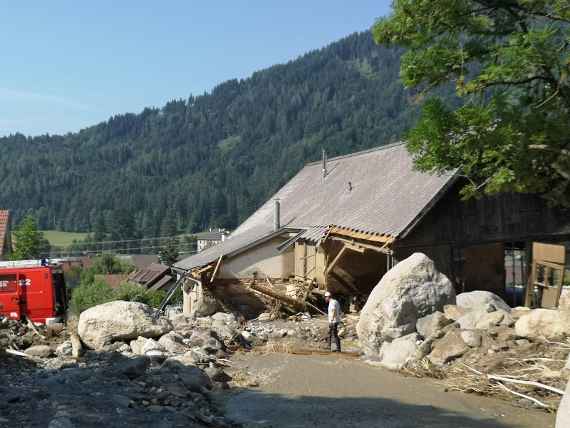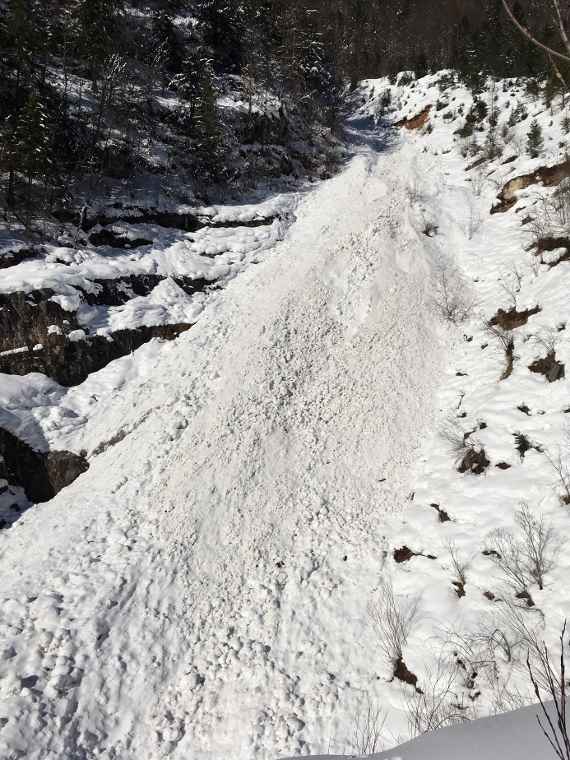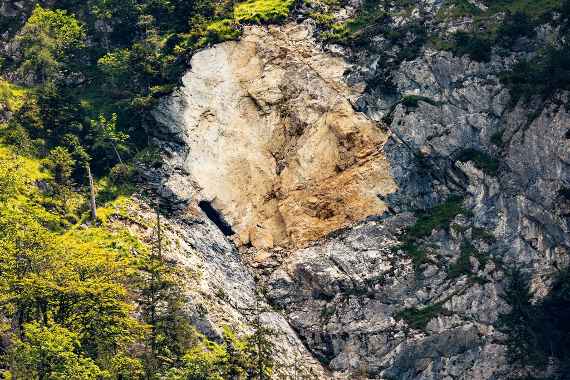Natural hazards occur regularly in the mountainous regions of Austria and can quickly turn into a natural disaster by coming close to people and exposed infrastructure. Adapted behavior and preventive measures to secure our living spaces are necessary to prevent damage to facilities and health.
These natural hazards play a major role in Austria:
• Floods
Intensive rainfall in a short period of time causes a rapid increase of dischargein torrents. The massive amount of water can flood nearby buildings and could get very dangerous. If debris and wood are entrained mudflows result which can devastate entire settlements with their force.
• Avalanches
Above the tree line on steep slopes but also in the forest avalanches can occur under unfavorable snow conditions. The tons of snow can quickly become a mortal danger in populated areas, on roads and railway paths.
• Rockfall
Stones can loosen or break off on steep, rocky slopes. When tumbling down they become very fast and pose a danger to people, houses and infrastructure.
• Landslides
During heavy rain or unfavorable humid conditions the soil can begin to slide downwards. This depends on the slope gradient and the type of rock.
Debris flows are a mixture of water, mud, wood and fine to coarse rock material and occur during short but very intense precipitation events. Great damage can be caused, especially if the torrent bed is too narrow and the settlement area has been built too close to the torrent.
Extremely intense and long-lasting snowfalls can cause very large avalanches. Not every winter and every precipitation period are the same, so different factors such as temperature, precipitation direction, wind and previous snowfalls influence the current snow situation.
The light-colored face shows the breakout point of the rock masses weighing several tons that rumbled down from the Mountain Schoberstein on February 1, 2021. The cause of these rockfalls is frequently incoming melt and precipitation water, which seeps into the fissures and virtually "blasts" the rock through freeze-thaw cycles.



